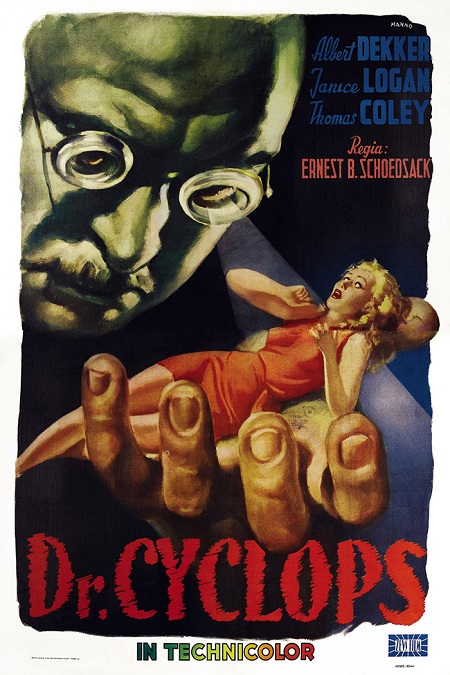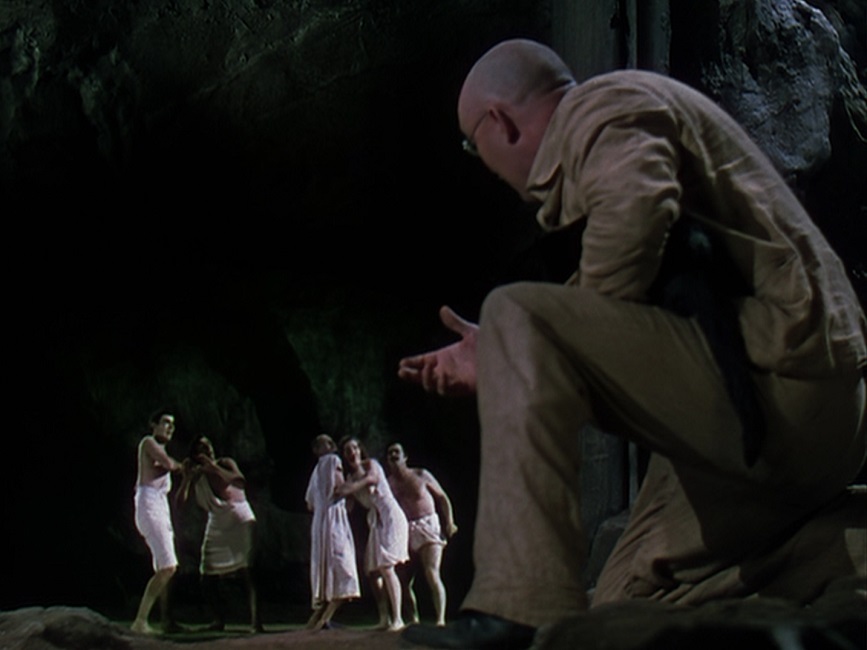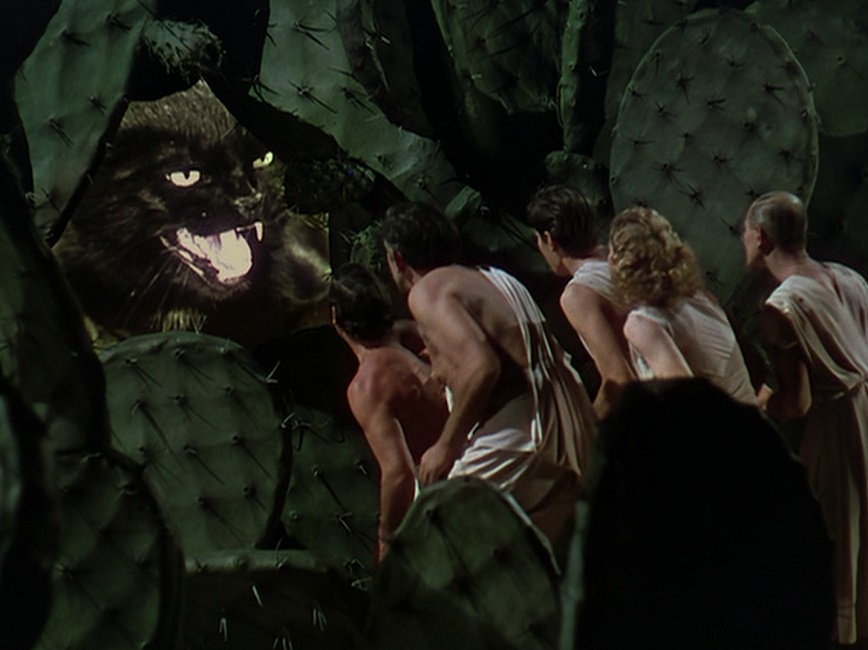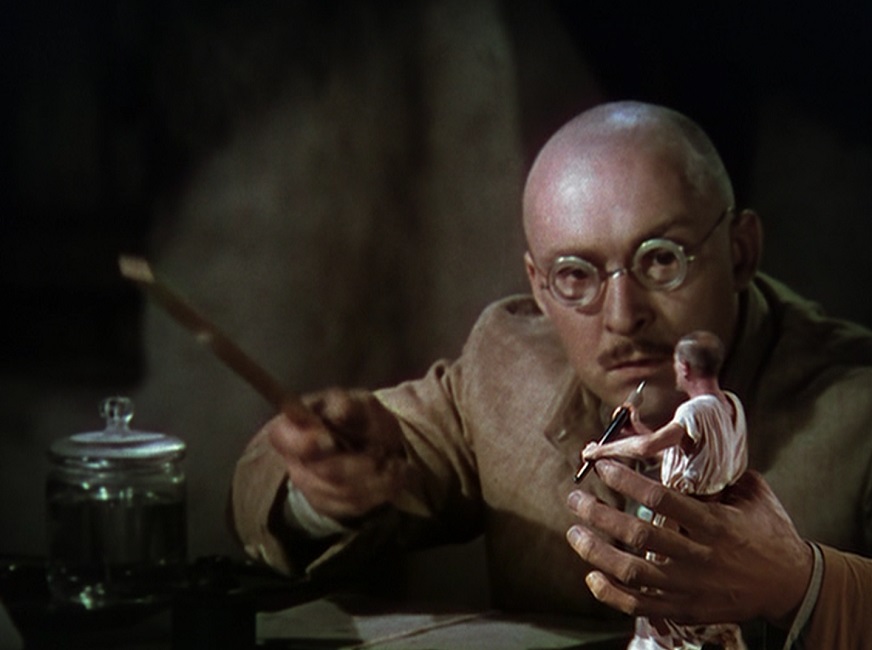



Dr. Cyclops – 1940

This movie was a cheesy sci-fi horror film, and yet was an utter delight to watch. It had no big names, bad acting, questionable directing, and a poorly written script. But despite these shortcomings, it had remarkably good production design and well-executed special effects. Some of them were even better than The Thief of Bagdad, the movie that won the Academy Award for 1940.
Dr. Cyclops had the distinction of being the first horror movie to be filmed in Technicolor. And as to that, the color was excellent. Even the eerie lighting in the opening scene was greatly enhanced by the color. The plot revolved around a mad scientist, who shrinks a group of five people to a height of around twelve inches. As such, most of the special effects had to do with scale, and the special effects team of Gordon Jennings and Farciot Edouart really pulled out all the stops.
First, they made great use of incredibly detailed large-scale props. Everything the actors interacted with was produced in giant size. These were combined quite cleverly with the regular-sized props to enhance the effect. For example, at one point the actors had to hide inside a cactus plant. At first, we see the plant in the background as the miniaturized group runs toward it. Then we see them in closeup. They could have composited close-up shots of the real cactus and composited them with the actors, but instead, cactus panels as tall as walls were built. The fabricated succulent was virtually indistinguishable from the real thing, and there was no telling blue halo around the actors.
At one point, a giant animatronic hand was used to grab an actor. While the evil Dr. Thorkel, was still on the screen as a background, his hand came in from the side of the shot and grasped the doomed Dr. Bulfinch. Once seen, it was a perfectly obvious effect, though it actually took me a moment to realize that the giant hand was mechanical. It was perfectly placed in the shot to match the image of its owner. Sure, it moved slowly, but the fingers actually moved, the skin had texture, and most importantly, it was a practical effect as opposed to a blue-screen effect, a process that had not yet been perfected in 1940.
That’s not to say there weren’t any composited shots or blue-screen effects. But the distinction was in whether or not the actors actually interacted with the effects or not. In that scene, the hand grabbed the actor, but in the scene in which an alligator is attacking the tiny people, the actors never actually touched the reptile. Though, that being said, there was a shot of the small party running behind the creature, in which a giant version of its tail was fabricated. The beast’s head was shown to be moving furiously, though its tail was completely motionless. Oh well. The effects were still inventive and wonderfully executed.